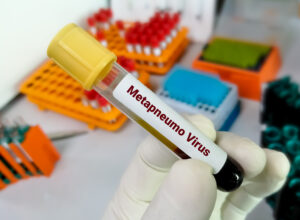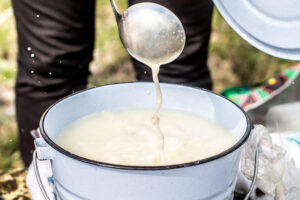
Though Largest in Recorded US History, TB Outbreak Is Considered Low Risk
In what is being called the largest documented tuberculosis (TB) outbreak on record in the U.S., the Kansas Department of Health and Environment (KDHE), with support

In what is being called the largest documented tuberculosis (TB) outbreak on record in the U.S., the Kansas Department of Health and Environment (KDHE), with support

An EPA rule that would have limited the amount of PFAS that can be discharged into waterways by companies has been withdrawn by the Office

With cases of H5N1 in domestic and wild cats in California, Colorado, Oregon, and Washington State found to be associated with eating contaminated food products,

On January 6, the city of Richmond, VA issued a boil water advisory following a recent snowstorm. Boil water advisories are more frequent than people

It’s that time of year again! As people gather indoors for the winter, influenza and other respiratory infections are rising in numbers. A particular respiratory

On December 26th, the Oregon Department of Agriculture reported the death of a house cat after transmission of H5N1 avian flu through raw pet food.

Studies have shown that highly pathogenic avian influenza (HPAI) in infected cows can transfer to their milk, with live viral RNA found in raw milk

It has been more than a century since “Typhoid Mary” Mallon was discovered to be a “healthy carrier” of Salmonella typhi, proven responsible for the contamination of

With highly pathogenic avian influenza (HPAI) having been detected in raw milk, and a study showing transmission to mice, raising questions about the possible risk

Although influenza activity remains low across the U.S., it is increasing, particularly among children, and the flu has become a nationwide outbreak in Japan, with